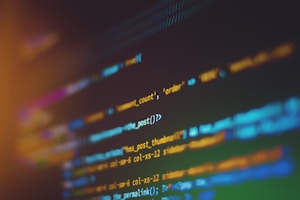Gaining access to a system is not always as easy as it sounds owing to the many security risks that are out there on the web. For accessing critical resources on the internet, authentication has proven to be a simple mechanism for confirming and verifying the identity of the person gaining access to the information and the level of access they have been given over the information. Modern means of information access are no longer dependent solely on passwords and PINs but have been upgraded in the face of security challenges which are getting smarter and better.
Two-factor authentication is a recent development in authentication and identification on the internet and relies on the use of more than just a password in gaining access to a system. Two-factor authentication requires that the user that has entered the password wait for a confirmation PIN which they can use in the second stage of the verification process. The code generated during the verification process is unique and is only applicable for a very short time which makes this form of verification very strong.
Powerful authentication means that security is much stronger and identity theft on the internet is made more difficult and increasingly harder to crack as one has to have a second device whenever they are gaining access to their information on the web. This form of authentication has been used for a very long in commercial applications such as at banking institutions where someone accessing their account online is given a One Time Password which is only valid for 10 minutes from the moment someone attempts to sign into the system. The authentication is also powerful in the sense that during real-time authentication, the security of the login attempt will be judged from the delay in making the authentication and in how many tries are made before the correct code is entered.
In short, the two-factor authentication process provides a chance for people to secure their online resources without having to expose any of their identification mechanisms. The process is quite powerful and has seen an increasing rate of adoption by web applications and other internet users as well as companies that need to keep tabs on what their employees are doing without having to lower the standards of security on the internet.
This form of authentication is simple to implement and makes it possible for the company to have a strong means of keeping track of who has logged into a system and where they have logged in from. It has been designed to address security holes and weaknesses in security configurations of different web systems and applications on the internet which need an added form of protection before the user is even allowed to have access to their information.
It is both powerful and effective at maintaining the safety and integrity of information users’ identities. With the two-factor authentication mechanism, users are not doomed to having their information stolen, and third parties are unable to access the information as they don’t have the second factor in the authentication process.









